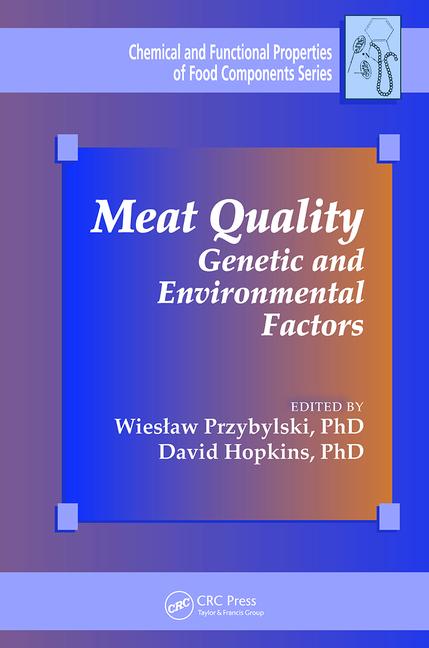Latest Meat MythCrusher video challenges notion that using machines to process meat is unnatural

Improved processing technology is one of the most important tools available to help feed our growing population. By 2050, we will need 100 percent more food without additional farmland and according to the United Nations, 70 percent of the food that we need will simply have to come from new technologies that enhance our efficiency and productivity. Some have argued these new technologies used in meat and poultry processing are unnatural, but the newest Meat MythCrusher video challenges that perception.
The video features an interview with Melvin Hunt, Ph.D, of Kansas State University who discusses the history of agriculture technology and its advancements in recent years, citing technologies that remove meat from carcasses as an example of new advancements being used in a way that aren’t much different than commonly accepted technology from the past.
“If I gave you an orange and had you squeeze the juice out of it, what would you call it? Orange juice. And why wouldn’t you?” Hunt says. “If we take meat and take it off an animal carcass either by mechanical or physical processes we use, it is still meat.”
Dr. Hunt also discusses the additional benefits of using new technology, including safety, quality, and efficiency and looks to the future to explain how this method of production will help.
“Technology allows us to minimize inputs and maximize outputs, which are going to be extremely important when trying to feed all the people who will live on this planet,” Hunt says.
The Meat MythCrusher video series is produced by the American Meat Institute (AMI), in conjunction with the American Meat Science Association (AMSA), and seeks to bust some of the most common myths surrounding meat and poultry production and processing.
The series includes more than 25 videos and has accumulated more than 40,000 views on YouTube since its launch in 2011. Other video topics include myths surrounding hormone use in animals, ammonia in ground beef, Meatless Mondays and more.
All of the videos are available at www.meatmythcrushers.com
Source: AMI
Looking for a reprint of this article?
From high-res PDFs to custom plaques, order your copy today!





